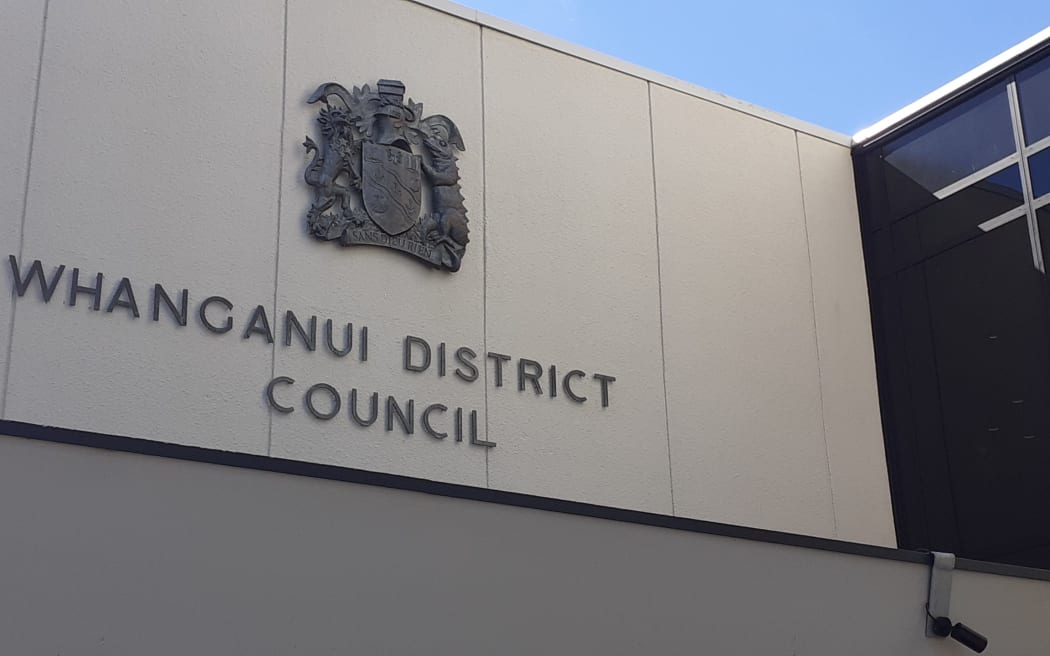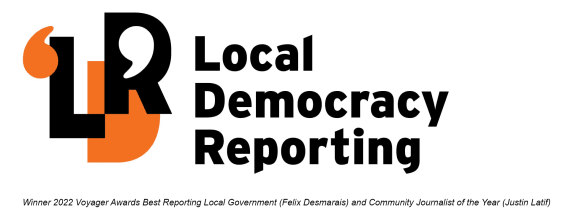
The mayor of Whanganui says an 8.3 percent rates rise suggests “something fundamentally wrong with our rating system”. Photo: LDR / Moana Ellis
Rates in Whanganui will rise an average 8.3 percent following the adoption of Whanganui District Council’s annual plan on Tuesday.
Residential rates will rise an average of 8.3 percent, lifestyle 12.8 percent, farming 7.6 percent and commercial 6 percent. The rates will be struck on 11 July.
Mayor Andrew Tripe described the rise as unacceptable and said the funding system for local government must change.
“We as a council have gone as low and as hard as possible. It’s unacceptable that rates are at 8.3 percent for the next year but that’s the reality. It suggests something fundamentally wrong with our rating system.”
Tripe said the council would fight for central government to adopt a recommendation from the final report of the Future For Local Government review for councils to receive the GST collected on rates. This would boost Whanganui council coffers by more than $10 million.

“If that came into our coffers next year, that is significant.”
Tripe said he was urging Local Government New Zealand to advocate strongly for the change.
“We will own this but we also need to find ways of protecting the vulnerable in our community – to find a dollar a week is hard for some of these people. We are fighting for our community.”
Councillor Rob Vinsen abstained from the vote to adopt the annual plan, saying there needed to be push-back around the governance costs of Te Pūwaha, the port revitalisation project.
“We are talking at this point in time about a $25m project. When you look at the project on that basis and the size of the operation of the port, what is being contributed to the governance of this activity is simply over the top.
“In this annual plan we are allowing $300,000 for (hapū governance group) Te Mata Pūau, another $150,000 for directors of the operating company – $450,000 in governance costs for a business that’s doing $263,000 in business.”
Tripe said the council was undertaking a review of its Council-Controlled Organisations, which would include the port, its operations and governance.
Councillor Charlie Anderson said he too wanted more transparency around the port project, but his chief concern was the plan to keep the Rotokawau Virginia Lake Aviary open. An independent review found the aviary did not meet best practice standards of care. The annual plan budget includes $50,000 for immediate aviary remedial works, a business case and design options, and up to $150,000 for operating costs.
Councillor Charlotte Melser said she was fearful the council was doing too little, too late to address climate change but said it was between a rock and a hard place.
“There really is no fat in this budget. The next few years are going to be difficult, with even less fat in the budget than this year.”
Deputy mayor Helen Craig said the message to the community was: “Tighten your seatbelts and your wallets – this is not going to be an easy 12 months”.
Craig said spending on the port would ensure the asset was ready for potential development projects, including the possibility of offshore wind farming. She and the mayor were developing a Top 10 project list for Whanganui, with accommodation heading the list, she said.
“We will be lobbying central government to assist us in a whole range of mechanisms so we can realise our dream, so it’s not just all on us. That is a top priority.”
Councillor Michael Law said the rates rise would contribute to the community’s suffering.
“We have made people worse off this year. People cannot afford an extra $5 or $10 extra a week.”
Law said average wages increased 5.6 percent and rates should never outpace wage growth.
“We should have given an option for rates reduction to at least 5.5 percent and at least gathered feedback from the public on services we could have cut. We may have skirted around it this year – next year we can’t. We must ensure in future that rate rises are kept within wage growth.”
Councillor Philippa Baker-Hogan said ratepayers should not have had to accept funding hikes for the Sarjeant Gallery, which she described as a millstone.
“This project went through every stage right through to detailed design and it was at $27m, yet somehow it’s blown out to $67m and there’s a risk of a blowout topping $70m.
“We supported it on the premise that it would only ever cost our community $4m-$5m of rating impact. The proponents for this project were clear it should never be a millstone around the neck, but now it is. In my view [the project] is not prudent enough and not transparent enough.”
Baker-Hogan said council priorities should be housing and climate change but the Sarjeant Gallery and the port project had the lion’s share of funding.
The council adopted the annual plan, with councillors Baker-Hogan and Law opposing. Councillor Vinsen abstained.
Local Democracy Reporting is Public Interest Journalism funded through NZ On Air